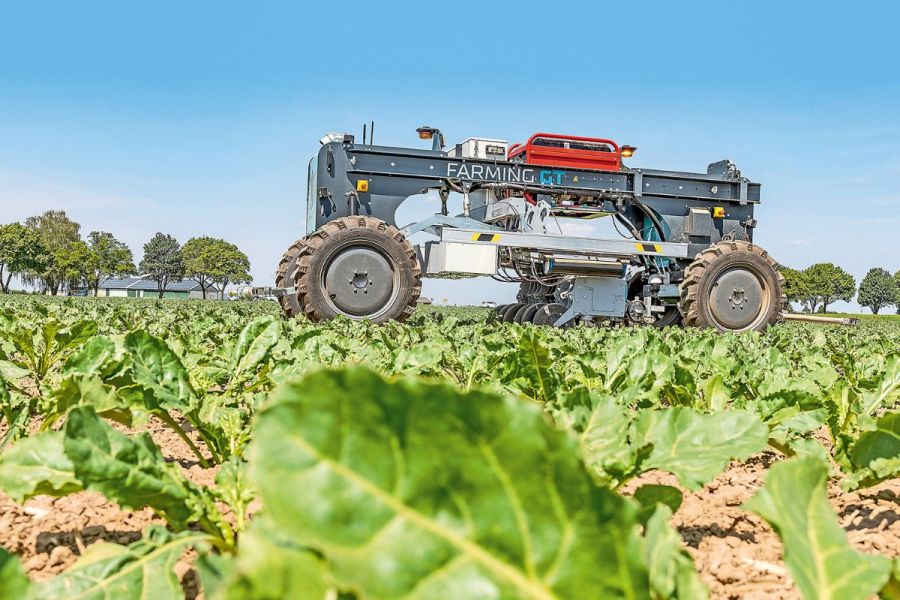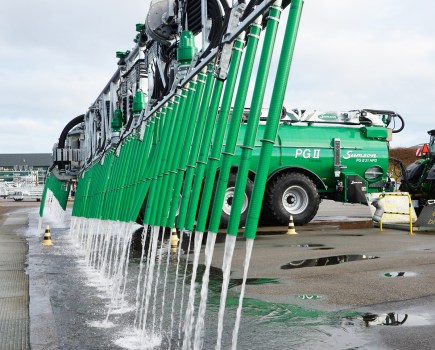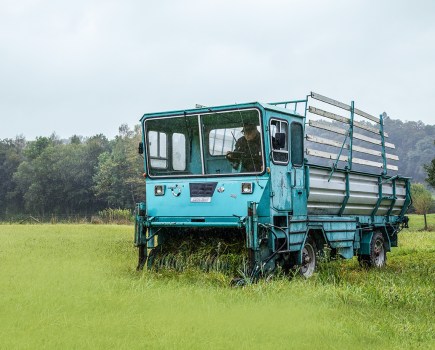The Farming GT robotic weeder, from Farming Revolution, weeds beet with the help of multispectral cameras and artificial intelligence. By definition, the system doesn’t suffer from fatigue and works 24/7, as we discovered.
There is no fire yet — but, in the future, weed control with robotic hoes could well become an interesting tool for conventional farmers. At the moment, organic farmers remain the driving force for much of this development as they seek less costly alternatives to the manual weeding of their crops.
Database for Deep Learning
Farming Revolution, from Ludwigsburg, just north of Stuttgart, was founded four years ago and has since taken on this autonomous weeding challenge. Originally part of the nine-strong team working on agricultural robotics and deep learning at Bosch, an image database of plants was set up, and this now contains 18 million so-called annotated images. These photos are linked with additional information, and Artificial Intelligence (AI) uses this for image analysis.
To build the extensive image database, the team took photos of more than 80 different plants by day and night, in both dry and wet conditions, on different soils, in dew, dust and mud and at every growth stage, and then it sifted and categorised them.
The image processing AI recognises different crops such as sugar beet, cabbage, lettuce, rapeseed, maize and field beans as well as selected weeds based on their colour, growth height, leaf contours and other characteristics.
According to Farming Revolution, the system correctly classifies plants down to a size of 1cm in height with a reliability of 99%. It also calculates the orientation of the crop rows based on the image information, so that the robot can work its way along the rows.
Multispectral cameras with NIR colour channel
For crop recognition, Farming Revolution uses multispectral cameras.
For more up-to-date farming news and reviews click here and subscribe now to profi for just £3.99 an issue.






